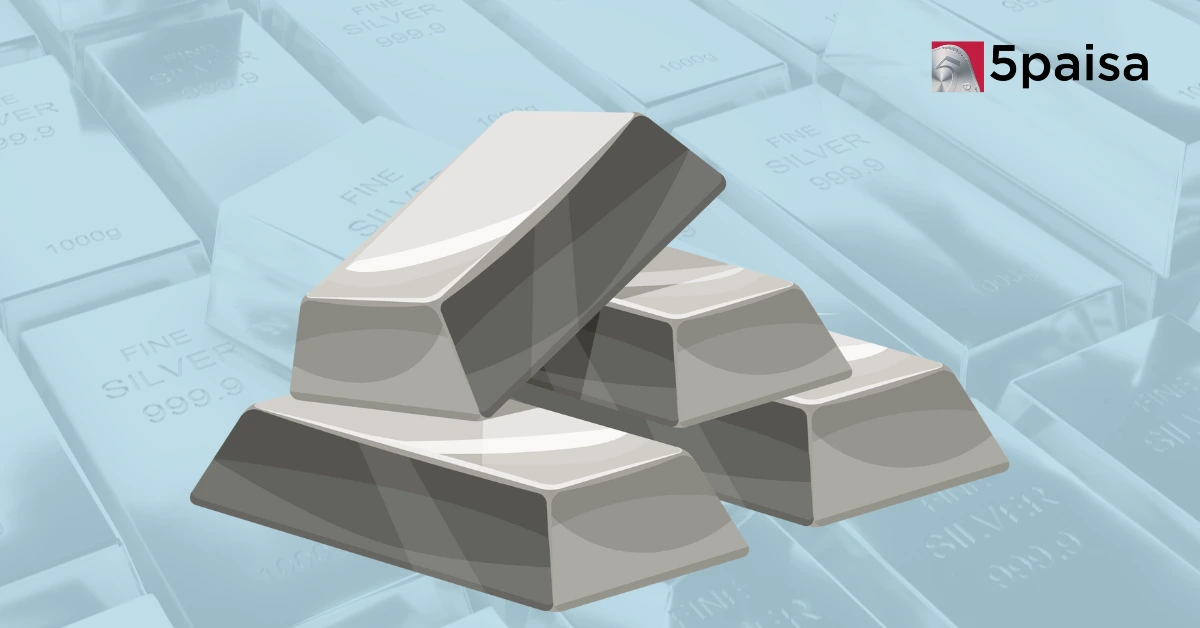iThe current values are delayed, open demat account for live values.
Nifty Smallcap 100
Nifty Smallcap 100 Performance
-
Open
17,891.95
-
High
17,962.45
-
Low
17,840.30
-
Prev Close
17,887.85
-
Dividend Yeild
0.74%
-
P/E
32.5
Other Indices
| Indices Name | Price | Price Change (% change) |
|---|---|---|
| India VIX | 10.035 | 0.02 (0.15%) |
| Nifty 10 Yr Benchmark G-Sec | 2611.03 | 0.14 (0.01%) |
| Nifty 10 Yr Benchmark G-Sec (Clean Price) | 890.01 | -0.12 (-0.01%) |
| Nifty 100 | 26781 | -27.75 (-0.1%) |
| Nifty 100 Alpha 30 Index | 18332.95 | -39.25 (-0.21%) |
Constituent Companies
| Company | Market Cap | Market Price | Volume | Sector |
|---|---|---|---|---|
| Aegis Logistics Ltd | ₹26204 Cr |
₹735.2
(1.07%)
|
367915 | Trading |
| Atul Ltd | ₹18207 Cr |
₹6165
(0.4%)
|
37063 | Chemicals |
| CESC Ltd | ₹22641 Cr |
₹170.61
(2.65%)
|
1993466 | Power Generation & Distribution |
| Aditya Birla Real Estate Ltd | ₹18636 Cr |
₹1669
(0.12%)
|
200563 | Realty |
| Deepak Fertilisers & Petrochemicals Corp Ltd | ₹15700 Cr |
₹1235.8
(0.8%)
|
315412 | Chemicals |
NIFTY Smallcap 100
The Nifty midcap 100 index reflects the midcap segment of the share market. The index includes 100 tradable stocks listed on the NSE. The free float market capitalisation method becomes compatible with computing this index.
The Nifty midcap 100 index launched on July 18, 2005. It can be used for various purposes, including benchmarking fund portfolios and launching ETFs, structured products, and index funds. While the calculation of the index is in real-time, the Nifty midcap 100 is rebalanced semi-annually.
What is the Nifty Smallcap 100 Index?
The Nifty Smallcap 100 Index is a benchmark index that tracks the performance of the top 100 companies from the small-cap segment listed on the NSE. These companies typically have lower market capitalizations compared to mid-cap and large-cap firms, offering higher growth potential but also greater risk and volatility.
The index is designed to measure the performance of small-cap stocks, which are generally characterised by their emerging status and potential for substantial returns. Investors often use the Nifty Smallcap 100 as a barometer for the overall health of the small-cap segment in the Indian equity market. The index is reconstituted semi-annually to reflect changes in the market, ensuring that it remains representative of the small-cap sector.
How is the Nifty Smallcap 100 Index Value Calculated?
The formula to compound the Nifty midcap 100 is as follows:
Free float market capitalisation= Investable Weight Factor (IWF) x Price x Shares Outstanding
You will be able to calculate the index value using this formula:
Index Value= Free float market capitalisation current rate/ Free float market capitalisation of the base index x Base value of the index
The investable weight factor refers to the number of shares accessible for the public to trade generally. These shares are not held by entities or groups with a strategic or a controlling interest in the organisation. When the IWF is high, the proportion of the shares held by the investors under the public category is also high.
The base index value refers to an arbitrary number that indicates the original value of the index. In the case of the Nifty midcap 100 stocks list, the base value of the index is 1000.
Nifty Smallcap 100 Scrip Selection Criteria
To make it under the Nifty midcap 100 stocks list 2023, the following eligibility criteria need to be fulfilled:
● The equity shares of the company must be on the NSC to be qualifying for the Nifty midcap 100 stocks list.
● Instruments offering a fixed return, like bonds, preferred stock, convertible stock, warrants, and rights, cannot be included under the index.
● Equities with differential voting rights can be included under the index when they fulfil the other eligibility criteria.
● The companies must be a part of the Nifty 500 to qualify under the Nifty midcap.
● The eligibility criteria for any equity that has been newly listed is evaluated on the basis of data collected over a three-month period.
● To develop a better understanding of the Nifty midcap 100 index, it’s important to get knowledge about the constituents of the Nifty 150 index. This index contains the 150 companies included under the Nifty 500 index, ranking between 101 and 250 according to free float market capitalisation.
The Nifty midcap 100 index contains the top 50 companies according to full market capitalisation under the Nifty Midcap 150 index. The remaining 50 companies are selected from Nifty 150, too but depending on the average daily turnover.
The securities are added when the average daily turnover does not go beyond the top 70 constituents. But companies won’t be selected if the average daily turnover is lower than 130 among the index constituents.
How does Nifty Smallcap 100 work?
The Nifty Smallcap 100 Index operates by tracking the performance of the top 100 small-cap companies listed on NSE. These companies are selected based on their market capitalization, ensuring they represent the small-cap segment. The index is weighted by free-float market capitalization, meaning that the weight of each stock in the index is proportional to its market value, adjusted for shares that are available for public trading.
The index is rebalanced semi-annually to reflect the latest market conditions, allowing it to accurately represent the small-cap segment. Stocks may be added or removed based on their market capitalization and liquidity. Investors use the Nifty Smallcap 100 to gauge the performance of small-cap stocks in India, making it a useful tool for assessing investment opportunities in emerging companies with high growth potential but also higher risk.
What are the Benefits of Investing in the Nifty Smallcap 100?
Investing in the Nifty Smallcap 100 Index offers several benefits, especially for those seeking high growth potential. Small-cap companies, which make up this index, are often in the early stages of development and expansion, providing opportunities for significant capital appreciation as these companies grow. The index allows investors to gain exposure to a diversified portfolio of 100 small-cap stocks, reducing the risk associated with investing in individual small-cap companies.
Additionally, small-cap stocks tend to outperform large-cap stocks during economic recoveries or bullish markets, offering higher returns when the market is favourable. The Nifty Smallcap 100 also provides an accessible way for investors to tap into India's emerging companies, which may evolve into mid-cap or even large-cap companies over time, potentially delivering substantial long-term gains.
What is the History of the Nifty Smallcap 100?
The Nifty Smallcap 100 Index was introduced by the National Stock Exchange (NSE) of India to provide a benchmark for the performance of the small-cap segment in the Indian equity market. Launched on July 18, 2005, the index was created to track the top 100 small-cap companies by market capitalization listed on the NSE.
The index’s inception coincided with a period of rapid growth in the Indian economy, where small-cap companies began gaining attention for their potential to deliver high returns. Over the years, the Nifty Smallcap 100 has experienced significant volatility, reflecting the inherent risks and opportunities in small-cap investing. Despite this volatility, the index has become a key indicator for investors looking to capitalise on the growth prospects of emerging companies in India. The index is rebalanced semi-annually to ensure it remains representative of the small-cap sector.
Nifty Smallcap 100 Chart

More About Nifty Smallcap 100
Nifty Smallcap 100 HeatmapFAQs
How To Invest in Nifty Smallcap 100 Stocks?
You can invest in Nifty Smallcap 100 stocks by purchasing individual stocks directly through a 5paisa demat account or by investing in index funds or exchange-traded funds that track the Nifty Smallcap 100 Index.
What are Nifty Smallcap 100 stocks?
Nifty Smallcap 100 stocks are the top 100 companies with small market capitalizations listed on the National Stock Exchange, representing the small-cap segment of the market with higher growth potential and risk.
Can you trade shares on Nifty Smallcap 100?
Yes, you can trade shares of companies listed in the Nifty Smallcap 100 Index through any brokerage platform. These stocks are available for buying and selling on the National Stock Exchange.
In which year was the Nifty Smallcap 100 Index launched?
The Nifty Smallcap 100 Index was launched on July 18, 2005, by the National Stock Exchange to track the performance of the top 100 small-cap companies listed on the exchange.
Can we buy Nifty Smallcap 100 and sell it tomorrow?
Yes, you can buy shares of companies in the Nifty Smallcap 100 Index today and sell them tomorrow. This is called BTST trading, and it’s possible through the 5paisa platform.
Latest News

- Jan 07, 2026
In terms of growth rates, mutual funds had the highest increase of 20.6% to ₹52.25 lakh crore from ₹43.34 lakh crore, for equity assets. The total of equity and debt holdings increased 23.34% from ₹59.35 lakh crore to ₹73.21 lakh crore. The change in combination was driven by net equity purchases of approximately ₹4.88 lakh crore, which increased from the previous year's ₹4.3 lakh crore.

- Jan 07, 2026
Silver prices in India rebounded sharply in the first week of January, reversing the early-month softness after a brief consolidation phase. Rates climbed to ₹263 per gram on January 7, extending the rally from ₹248 per gram on January 5 and marking a cumulative ₹22,000 per kg rise over three sessions. The move followed a two-day pause on January 3 and January 4, when prices held steady at ₹241 per gram after easing marginally from ₹242 on January 2.
Latest Blogs
The NIFTY 50 closed lower by 71.60 points (-0.27%) at 26,178.70, as losses in select heavyweight stocks capped gains in defensives and banking names. APOLLOHOSP (+3.50%), ICICIBANK (+2.80%), TATACONSUM (+2.78%), HDFCLIFE (+2.21%), and BAJAJ-AUTO (+1.80%) led the gains, while TRENT (-8.46%), RELIANCE (-4.39%), KOTAKBANK (-2.22%), INDIGO (-1.96%), and ITC (-1.84%) were the top drags.
- Jan 07, 2026

Catch the latest Sensex Nifty updates as the markets swing with changing global trends, domestic cues, and sector performances. Follow how India’s benchmark indices are shaping the trading day.
- Jan 06, 2026
